If you have a DSLR and you’ve not tried doing some HDR images, you really should. It’s a lot of fun. You just need to guard against getting carried away with it like me.
What is HDR? You ask…
Have you ever taken a photo of some mountains and sky and either the mountains have been under-exposed and black or the sky blown-out and white? This characterises an image that a high dynamic range (HDR) i.e. there are dark bits and light bits and getting the camera to expose both correctly is a bit tricky. So, how you do conquer this problem? Well, the pre-digital way was to use grad filters and the like but now, with advent of digital, there are ways round this.
There are many resources online that describe how to do this so I won’t drivel on here. Suffice to say that the way I do it ( and did in the images below ) is to shoot 3 images in a burst with differently compensated exposures -2, -0, +2. Later on I combined these three images in a program that can tone map them together. I used Dynamic Photo HDR.
A good place to start for more detail is the tutorials page on HDR Creme. HDR Creme is a cracking site dedicated to HDR photography. Also check out the HDR Group on Ipernity, great stuff there too. I’m not a huge fan of the extreme end of the processing, I try to keep things a little more natural.
When I was in Italy recently I pretty much shot everything in 3 shot bursts (the joys of massive memory cards). It is much better if you do this with a tripod but as I was on holiday and didn’t want to bore the family with setting up (and I didn’t want to carry the tripod) I did all these either handheld or perched on a flat surface somewhere. This is a selection of the HDR images I generated.
All can be downloaded hi-res for free by clicking on them.
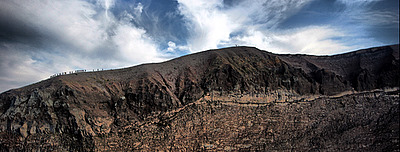
People walking round Vesuvius’ crater rim
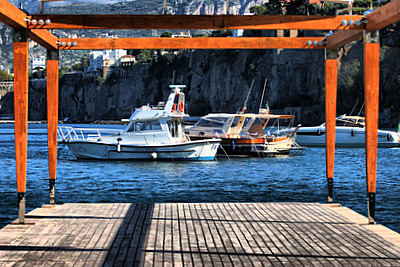
Boats in Sorrento Marina Piccolo
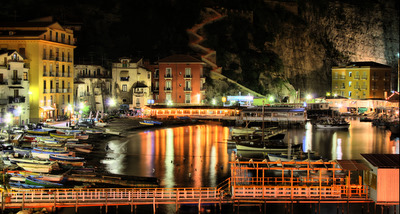
Sorrento, Marina Grande at Night

Not my car
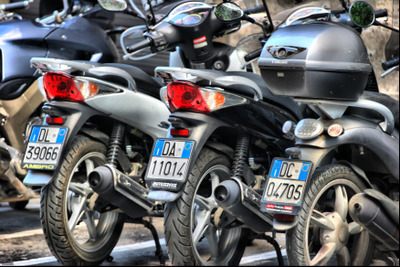
Not my scooters
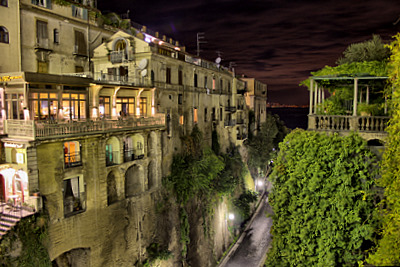
Sorrento at Night
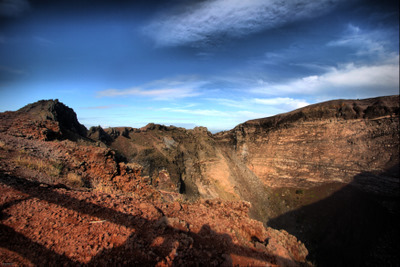
Vesuvius Crater
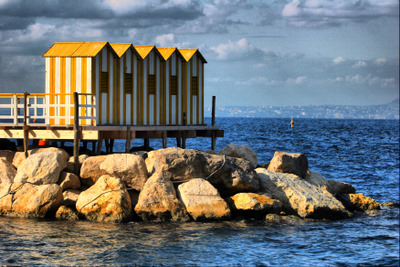
Beach huts at Marina Grande

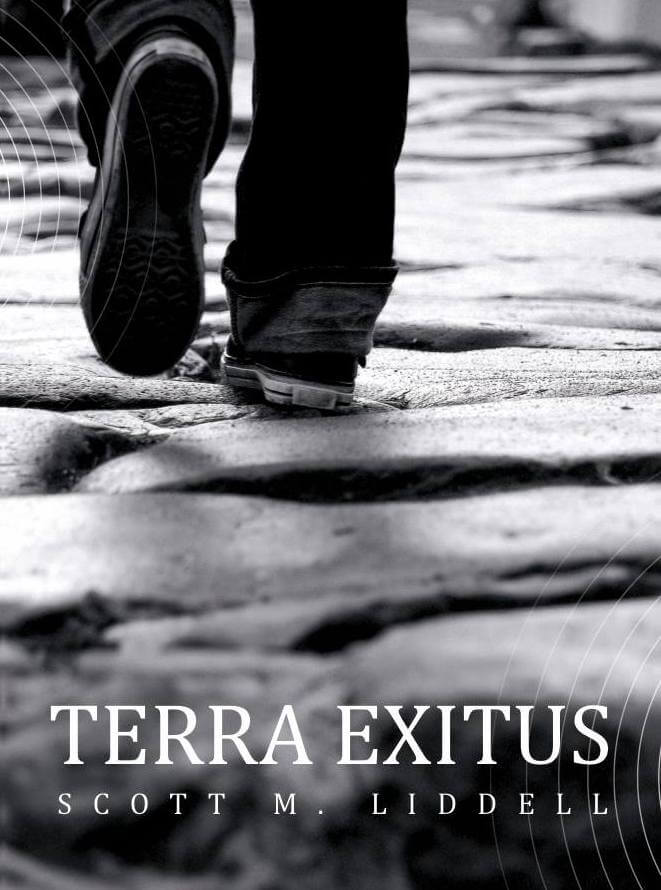


All of these are absolutely beautiful (I particularly like the water/beach shots–the clouds coming in on the final one add great contrast). I found your photography through sxc.hu. Keep up the great work! And I hope your family enjoyed Italy as much as you and your camera did.
It’s Fantastic photos. Great of all